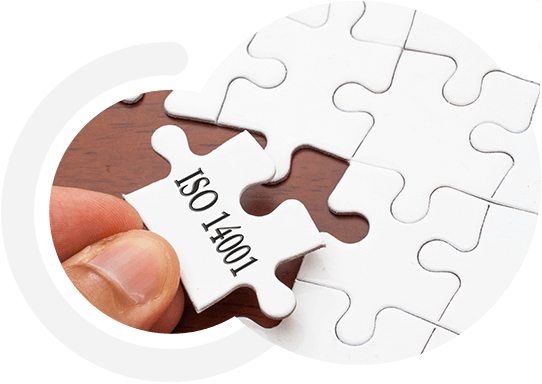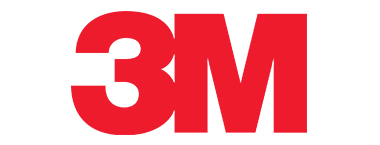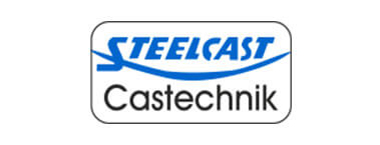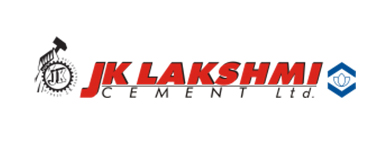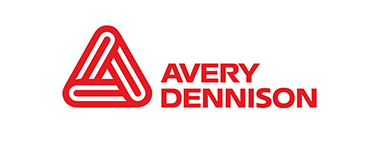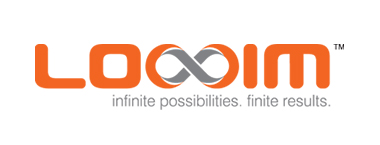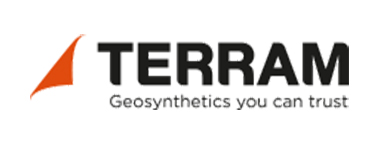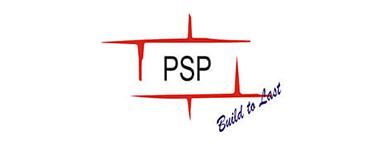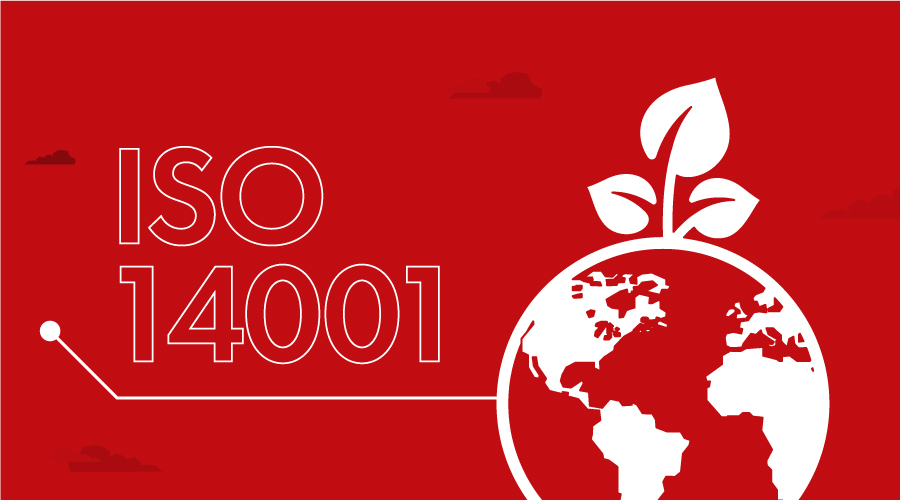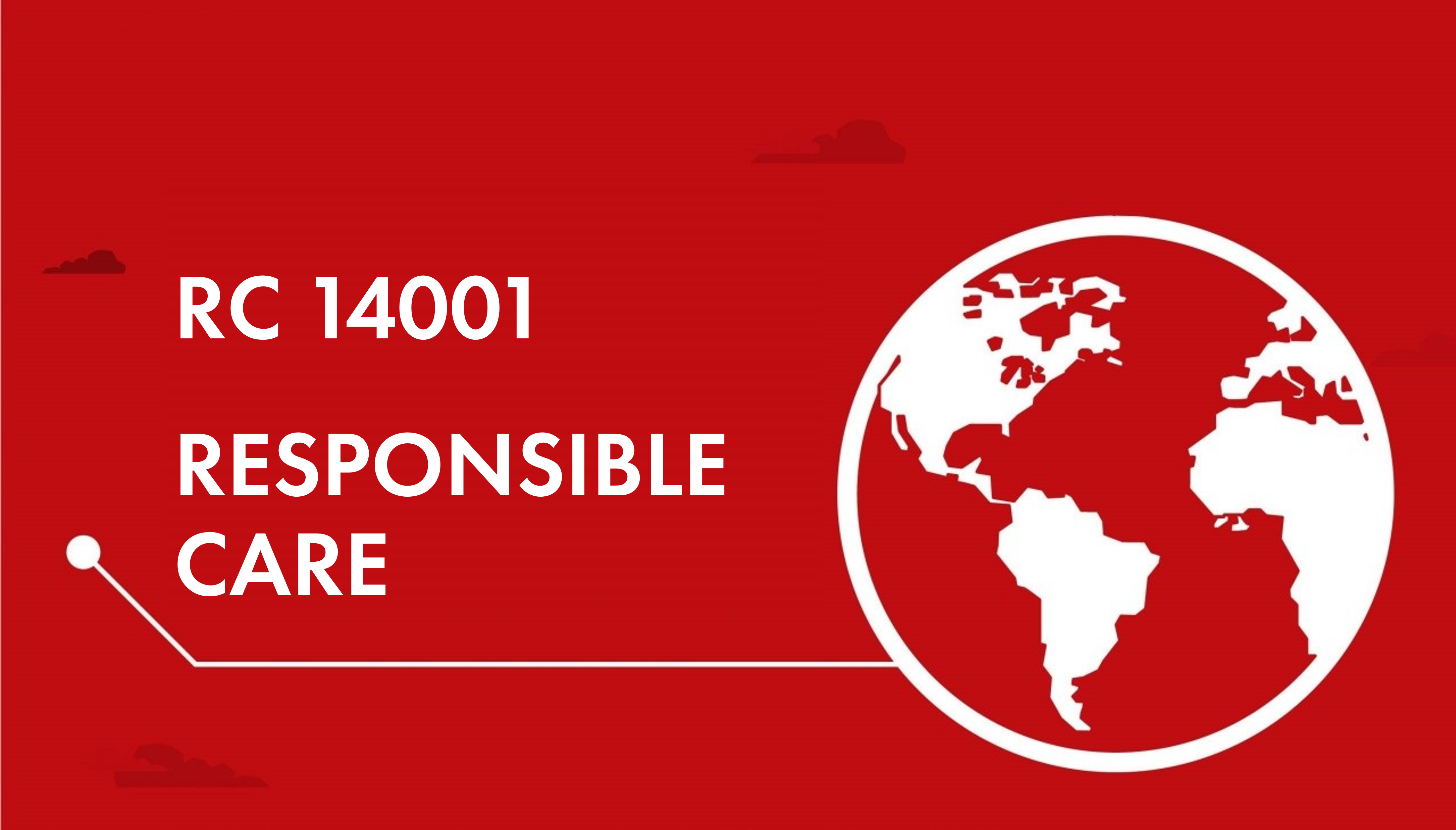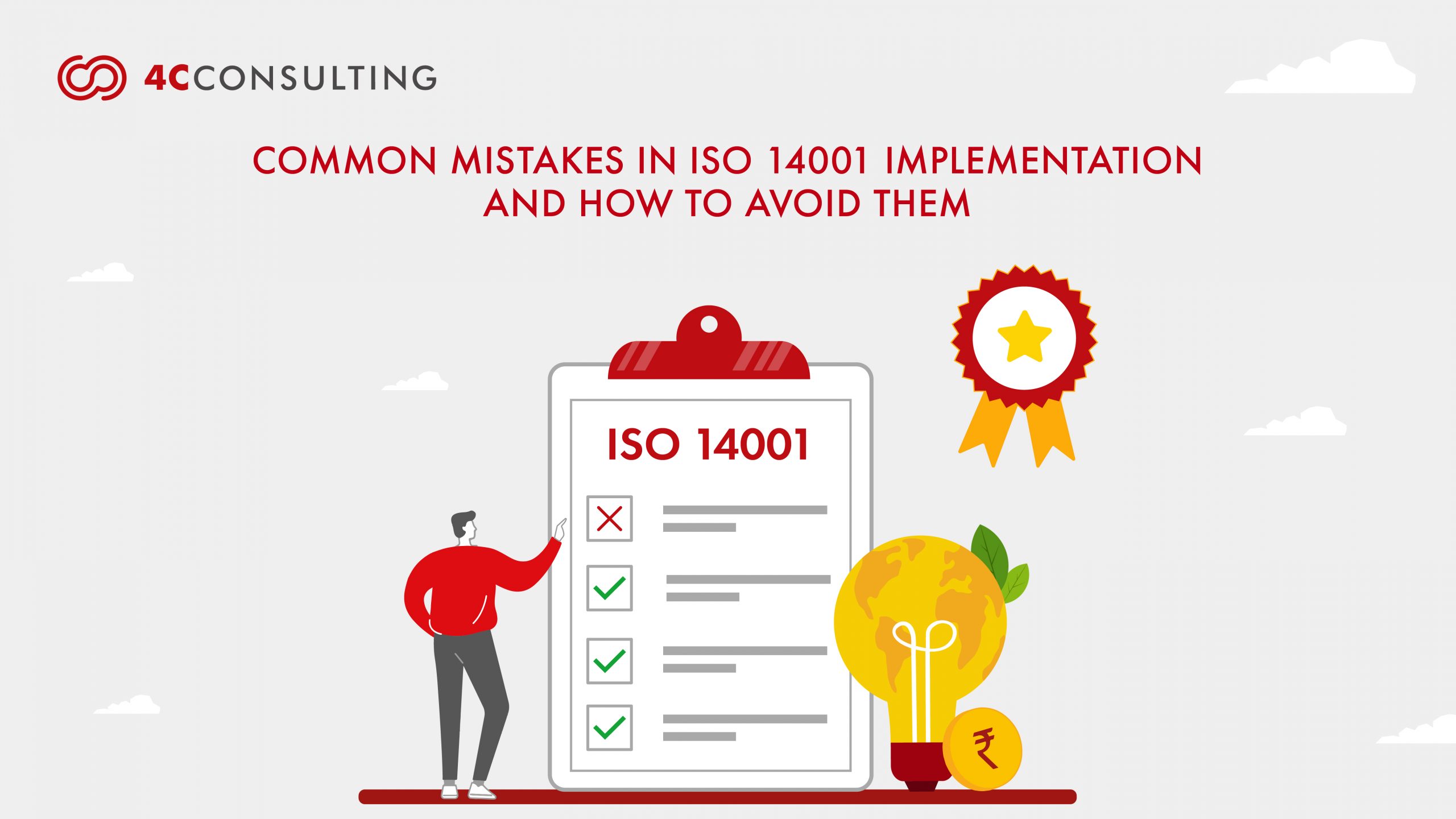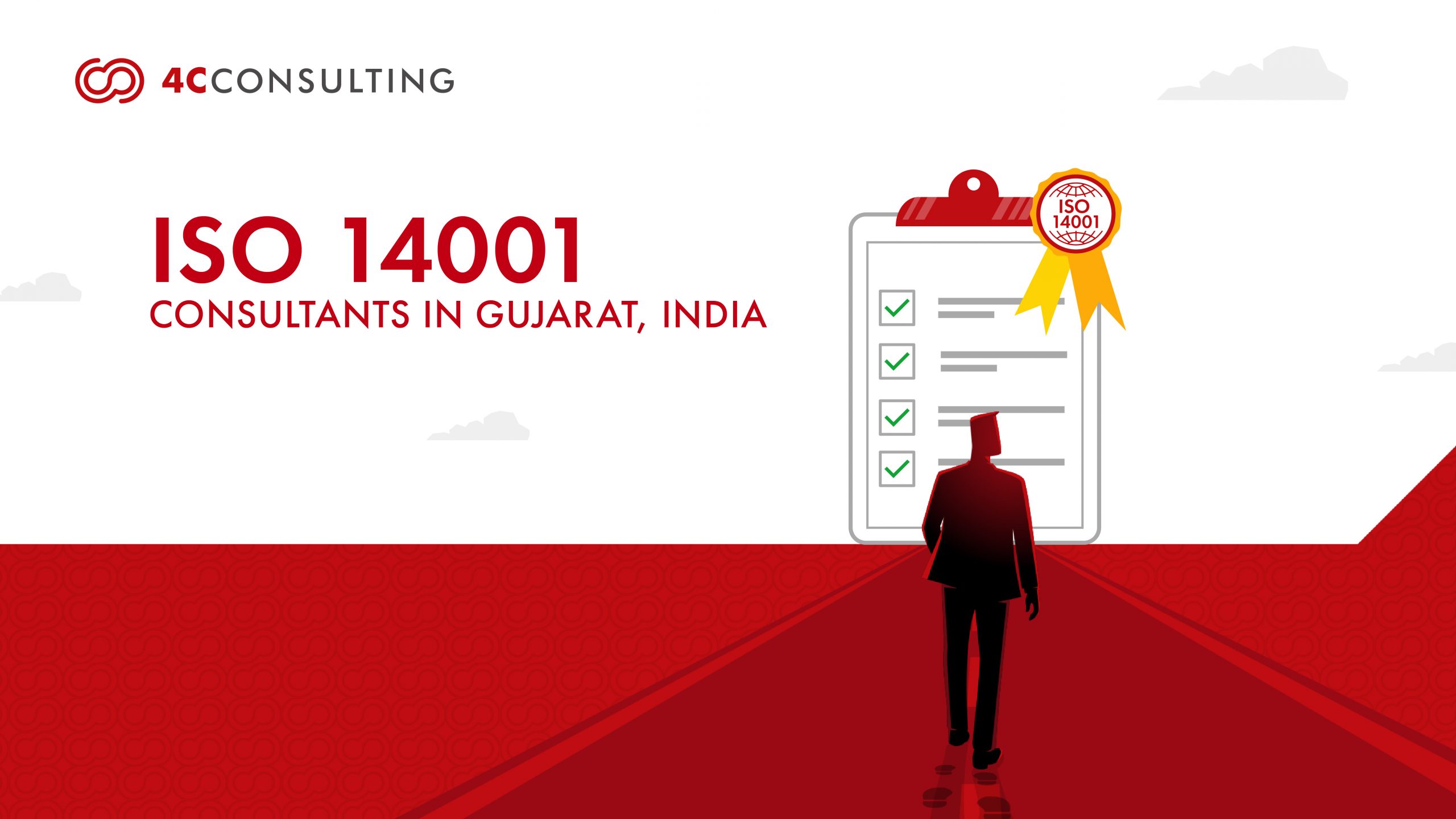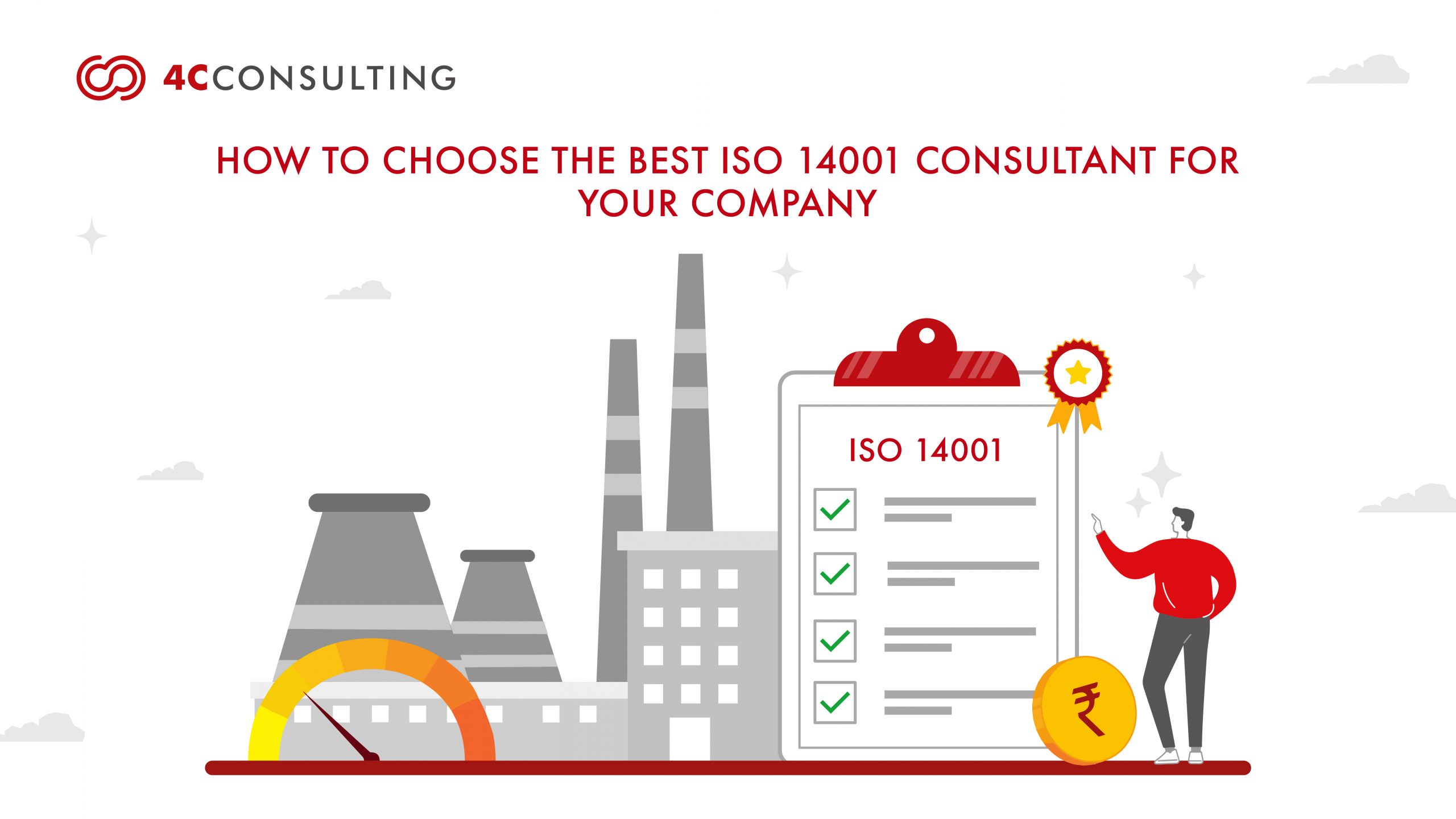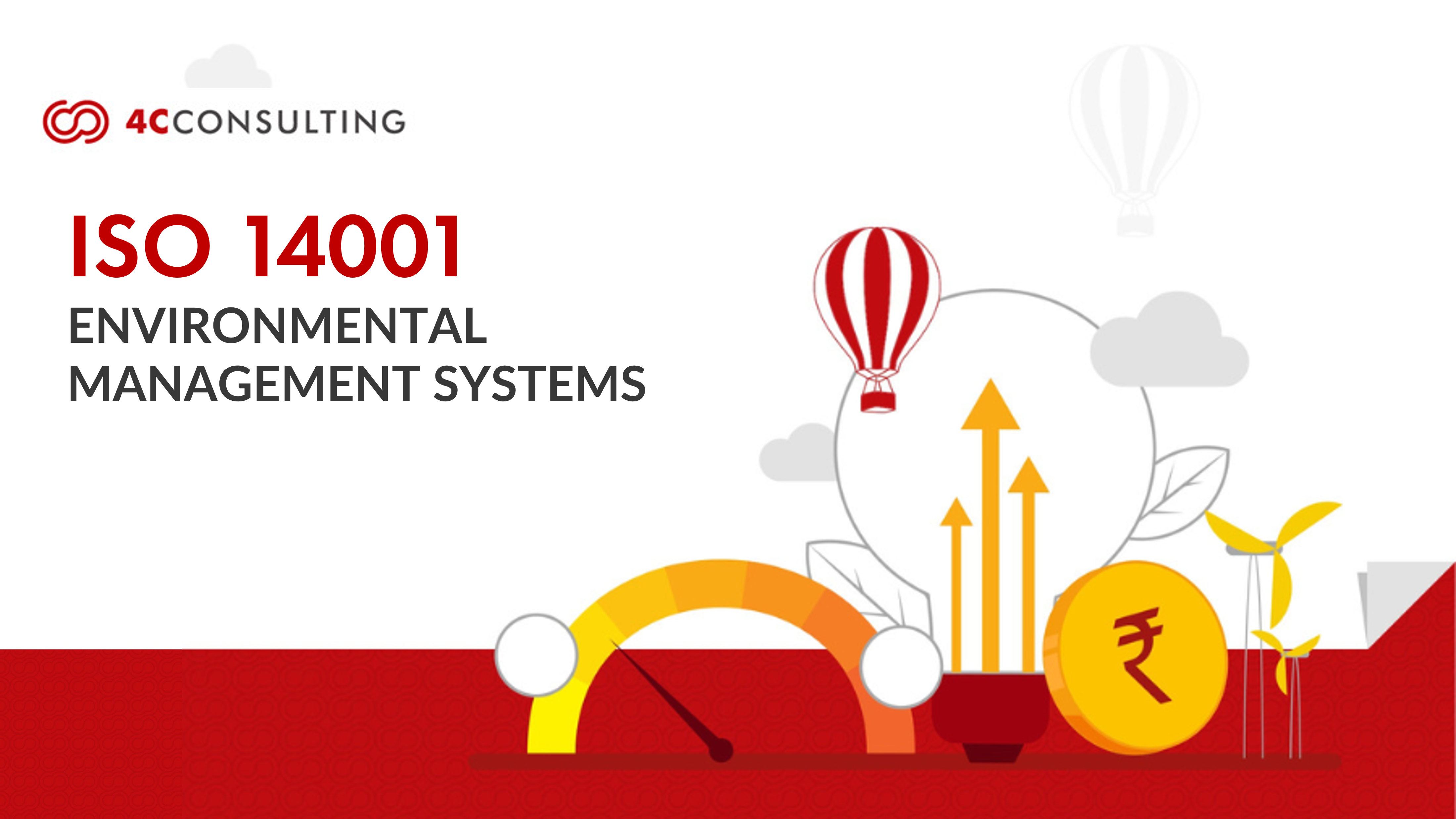
Frequently Asked Questions on ISO 14001
Yes, ISO 14001 certification for manufacturing units in Ahmedabad ensures compliance with GPCB requirements, better waste management and sustainability practices — which are critical for textiles, chemicals and engineering-based factories.
Industries located in Naroda GIDC, Vatva, Sanand and Changodar including pharmaceuticals, chemicals, textiles and engineering benefit from ISO 14001 certification to comply with GPCB norms and meet global client expectations.
The cost depends on company size, industry scope and EMS maturity. 4C Consulting provides a free gap assessment and a tailored proposal for ISO 14001 certification cost in Ahmedabad.
Yes, 4C Consulting offers a free ISO 14001 gap analysis in Ahmedabad to help businesses understand their current EMS readiness and estimate the actual certification cost before implementation.
Yes, We provide complete ISO 14001 audit support for factories, including internal audit preparation, NCR closure, documentation checks and coordination with certification bodies.
Absolutely, ISO 14001 certification for pharma companies in Ahmedabad ensures control of emissions, effluents and hazardous materials, meeting both regulatory compliance and sustainability objectives.
Typical documentation includes:
- Environmental policy and defined EMS scope
- Aspect–impact register
- Legal register as per GPCB/CPCB requirements
- Operational controls and emergency preparedness plans
- Monitoring records, audits and CAPA documentation
- Records of management reviews and continual improvement
Yes, As a leading ISO 14001 training provider in Ahmedabad, 4C Consulting offers awareness and internal auditor training tailored to pharma, chemical, engineering and textile industries.
Yes, We provide Annual Maintenance Contracts (AMC) that include surveillance audit preparation, EMS updates and continual improvement support. Our role as a trusted environmental management system consultant in Ahmedabad ensures long-term compliance and sustainability.
If you’re looking for top ISO 14001 consultants near me in Ahmedabad, 4C Consulting offers unmatched expertise with 3000+ successful EMS implementations across pharma, chemical, textile and engineering industries.


